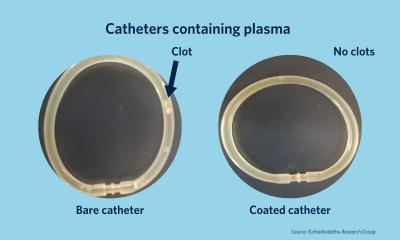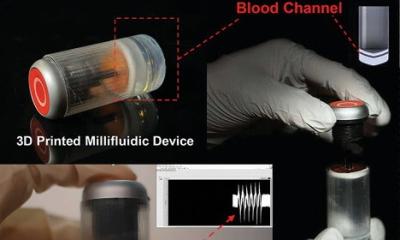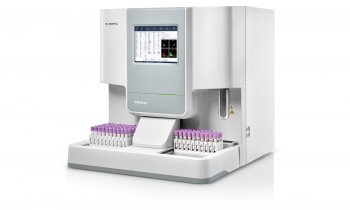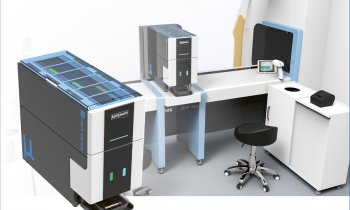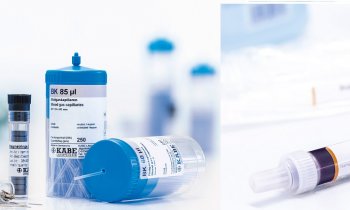© Stephan Morrosch – stock.adobe.com
News • From erythroblasts to erythrocytes
One step closer to artificial blood production
Studies undertaken by researchers at Queen Mary and University of Konstanz have identified a critical chemical signal in the development of red blood cells. The discovery will help make the manufacture of artificial blood more efficient.
The research has been published in the journal Science Signaling.
A breakthrough in the understanding of how mammals create red blood cells by Dr Julia Gutjahr, who began her research into the mechanisms of blood production in the lab of Professor Antal Rot in the Faculty of Medicine and Dentistry, could lead to opportunities for articifical blood to be created at scale for the first time.
Dr Gutjahr is now a biologist at the Institute of Cellular Biology and Immunology Thurgau at the University of Konstanz in Germany. She identified the molecular signal, chemokine CXCL12, that triggers the expulsion of the nucleus by the red blood cell precursors, a key step in the development of red blood cells.
Importantly, apart from immediate practical application for the industrial production of red blood cells, our results brought a completely new understanding of cell biological mechanisms involved in erythroblast responses to chemokines
Antal Rot
“In the final stage of an erythroblast’s development into an erythrocyte, the erythroblast expels its nucleus. This process only occurs in mammals, allowing to make more room for haemoglobin involved in the transport of oxygen”, explains Dr Gutjahr. “We discovered that the chemokine CXCL12 found mainly in bone marrow can trigger such nucleus expulsion, albeit in an interplay with several factors. By adding CXCL12 to erythroblasts at the right moment, we were able to artificially induce the expulsion of their nucleus."
Professor Antal Rot, Professor of Inflammation Sciences at the William Harvey Research Institute, said: “Importantly, apart from immediate practical application for the industrial production of red blood cells, our results brought a completely new understanding of cell biological mechanisms involved in erythroblast responses to chemokines. Our research shows for the first time that chemokine receptors not only act on the cell surface but also inside the cell, thus opening entirely new perspectives on their role in cell biology.”
Source: Queen Mary University of London
08.07.2025



